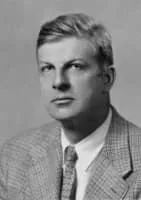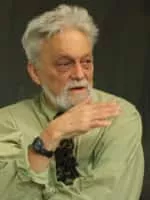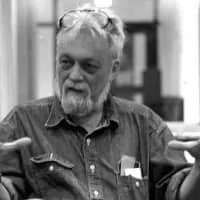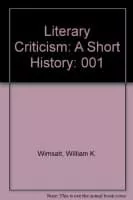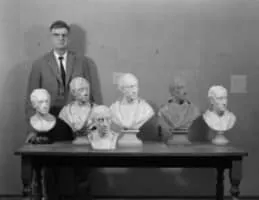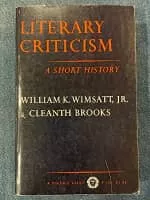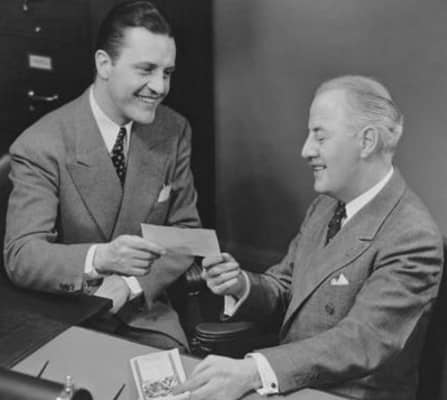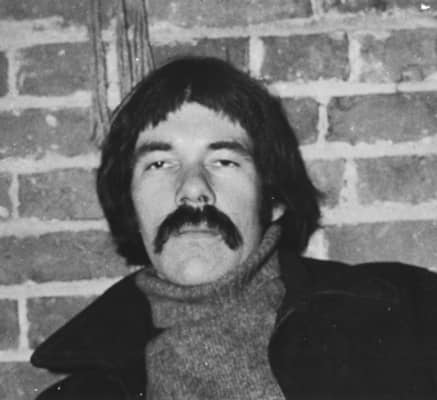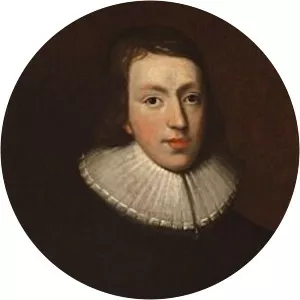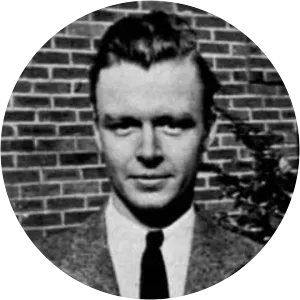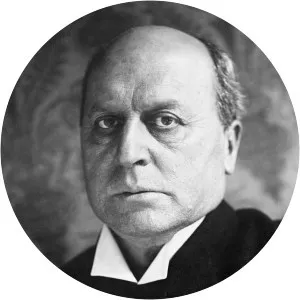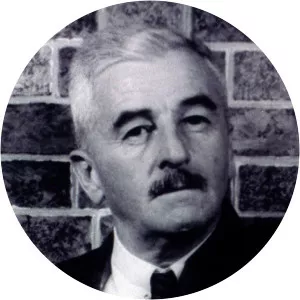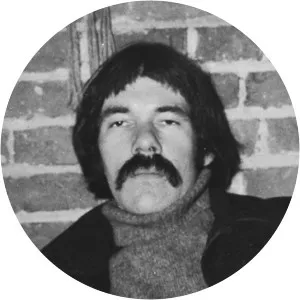
William K. Wimsatt
| Use attributes for filter ! | |
| Gender | Male |
|---|---|
| Death | 49 years ago |
| Date of birth | November 17,1907 |
| Zodiac sign | Scorpio |
| Born | Washington |
| D.C. | |
| United States | |
| Date of died | December 17,1975 |
| Died | New Haven |
| Connecticut | |
| United States | |
| Job | Professor |
| Philosopher | |
| Education | Yale University |
| Georgetown University | |
| Nationality | American |
| Awards | Guggenheim Fellowship for Humanities, US & Canada |
| Edited works | The idea of comedy: essays in prose and verse |
| Date of Reg. | |
| Date of Upd. | |
| ID | 492713 |
Verbal Icon Studies in the Meaning of Poetry
Literary Criticism: A Short History
prose style of Samuel Johnson
Hateful Contraries: Studies in Literature and Criticism
Versification: major language types
Day of the leopards
Literary Theory and Structure: Essays in Honor of William K. Wimsatt
Philosophic Words, a Study of Style and Meaning in the Rambler and Dictionary of Samuel Johnson
The idea of comedy: essays in prose and verse
English stage comedy
Samuel Johnson: Selected Poetry and Prose
Hateful Contraries: Studies in Literature and Criticism, with an Essay on English Meter
The English Dramatic Lyric, 1603-42: A Study in Stuart Dramatic Technique
Literary Criticism: A Short History
prose style of Samuel Johnson
Hateful Contraries: Studies in Literature and Criticism
Versification: major language types
Day of the leopards
Literary Theory and Structure: Essays in Honor of William K. Wimsatt
Philosophic Words, a Study of Style and Meaning in the Rambler and Dictionary of Samuel Johnson
The idea of comedy: essays in prose and verse
English stage comedy
Samuel Johnson: Selected Poetry and Prose
Hateful Contraries: Studies in Literature and Criticism, with an Essay on English Meter
The English Dramatic Lyric, 1603-42: A Study in Stuart Dramatic Technique
William K. Wimsatt Life story
William Kurtz Wimsatt Jr. was an American professor of English, literary theorist, and critic. Wimsatt is often associated with the concept of the intentional fallacy, which he developed with Monroe Beardsley in order to discuss the importance of an author's intentions for the creation of a work of art.
